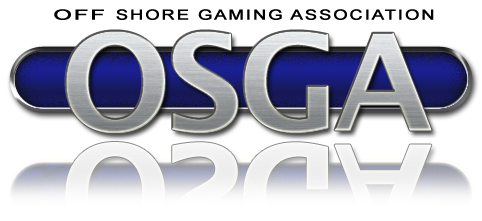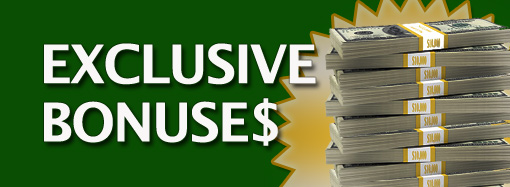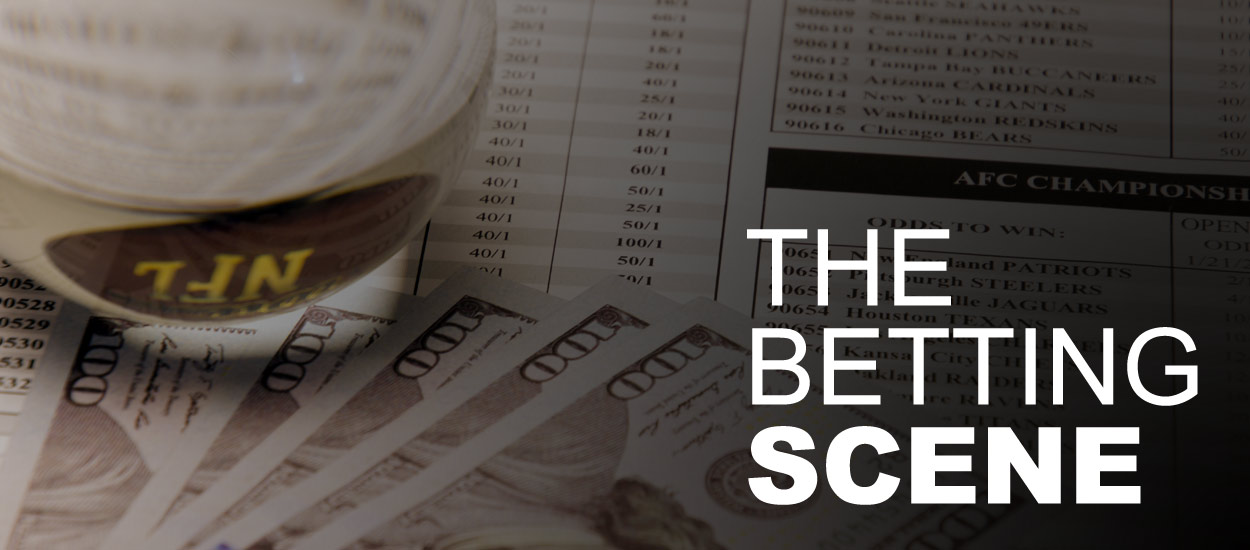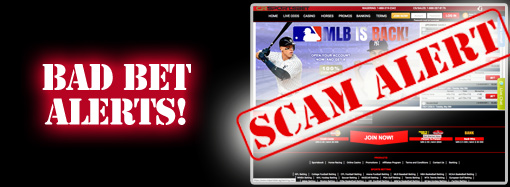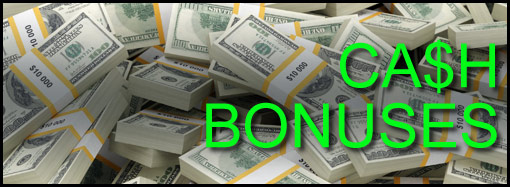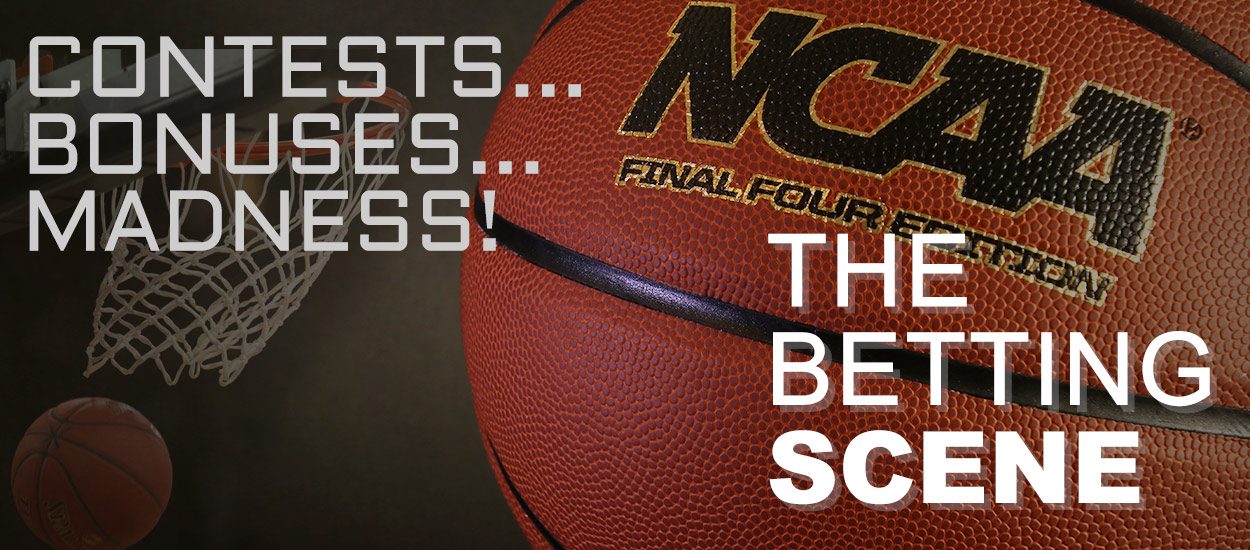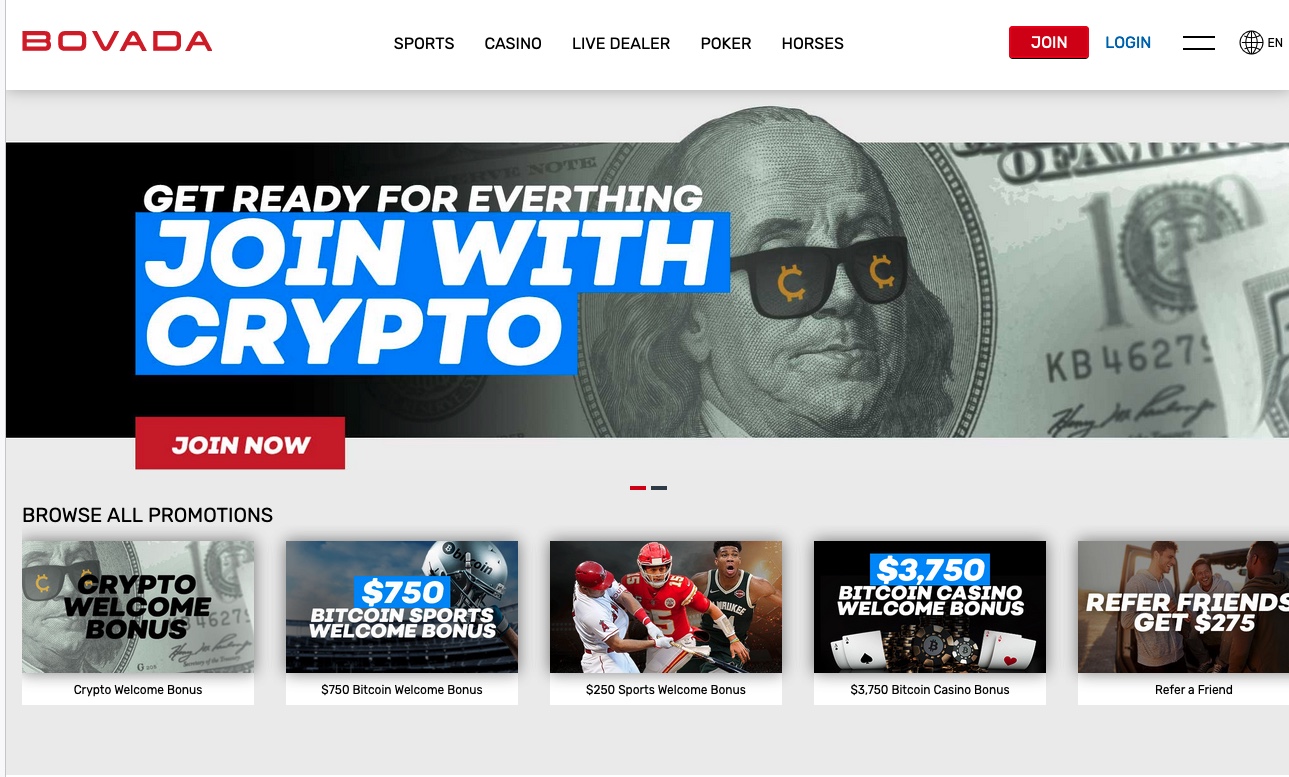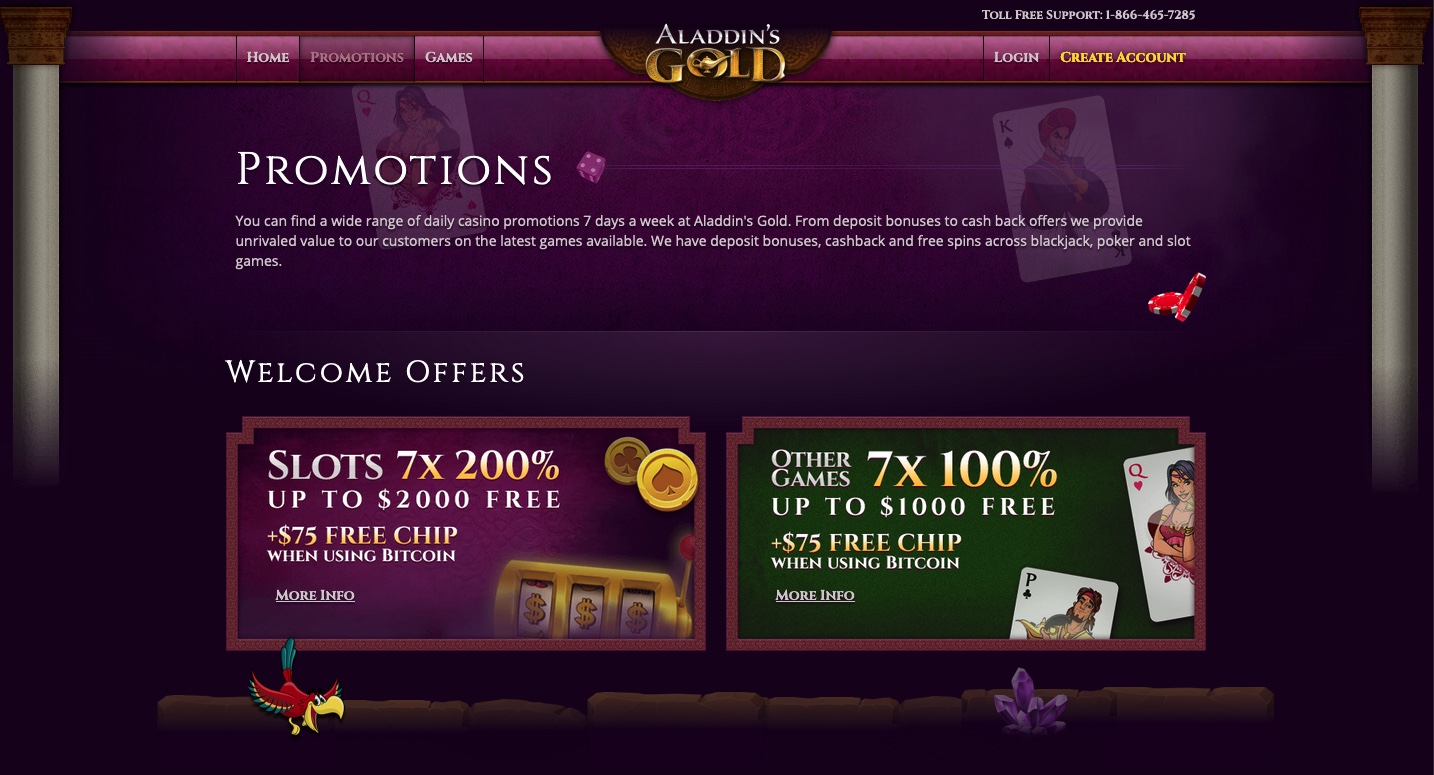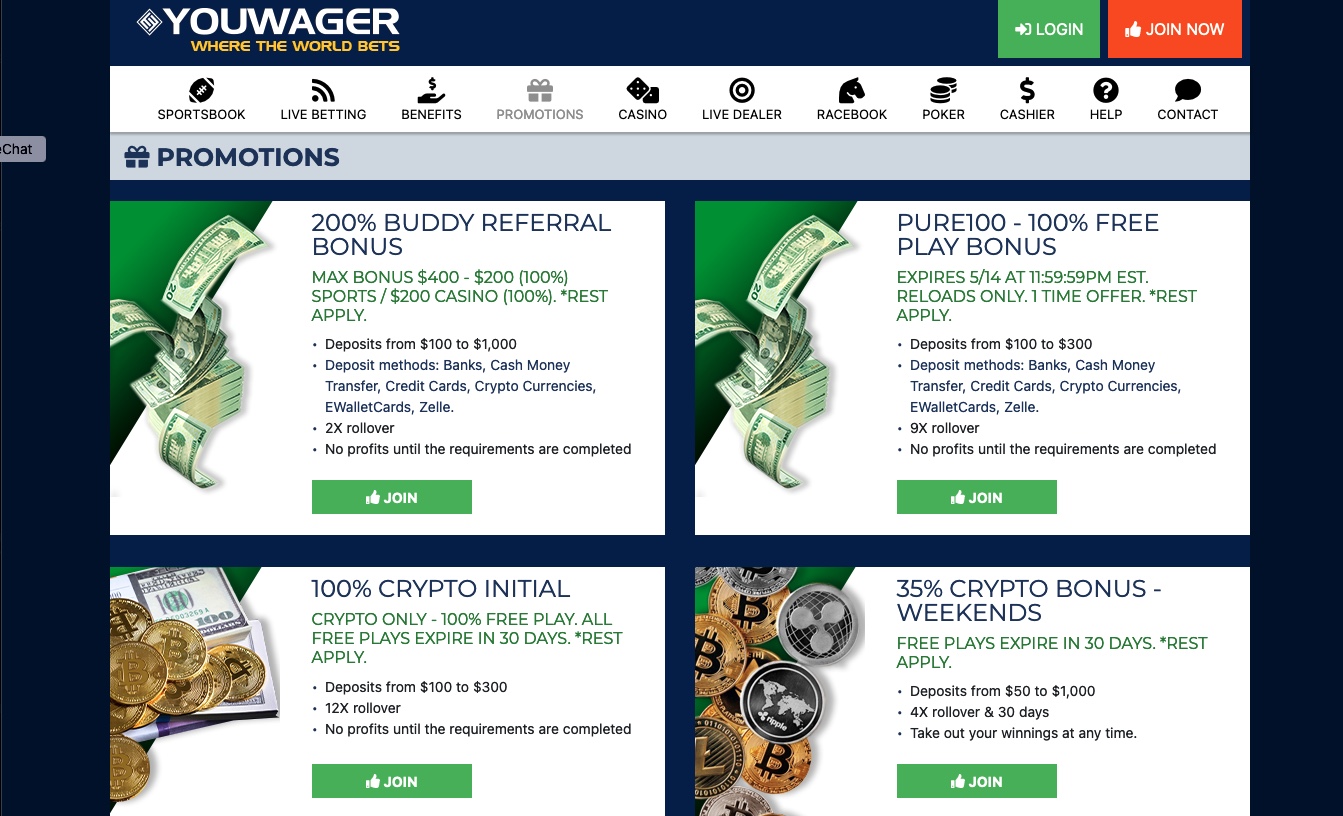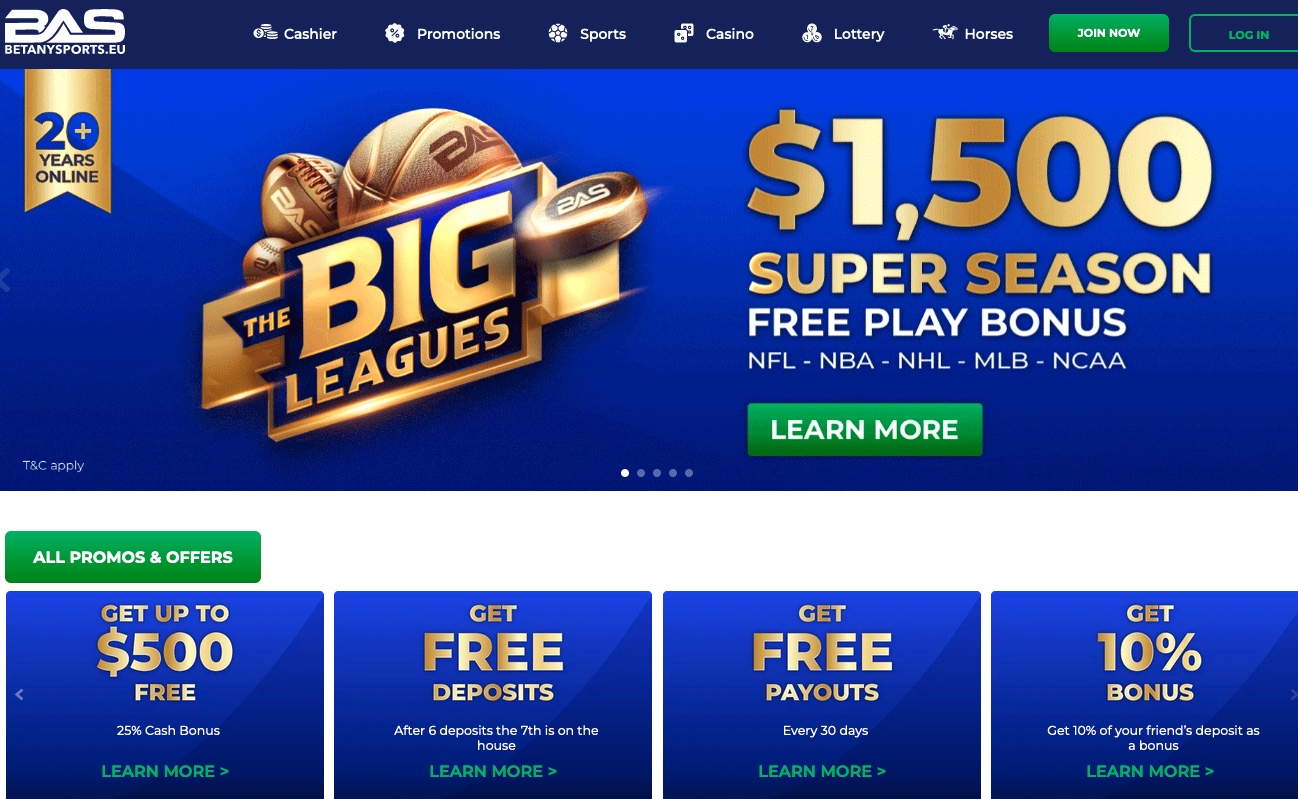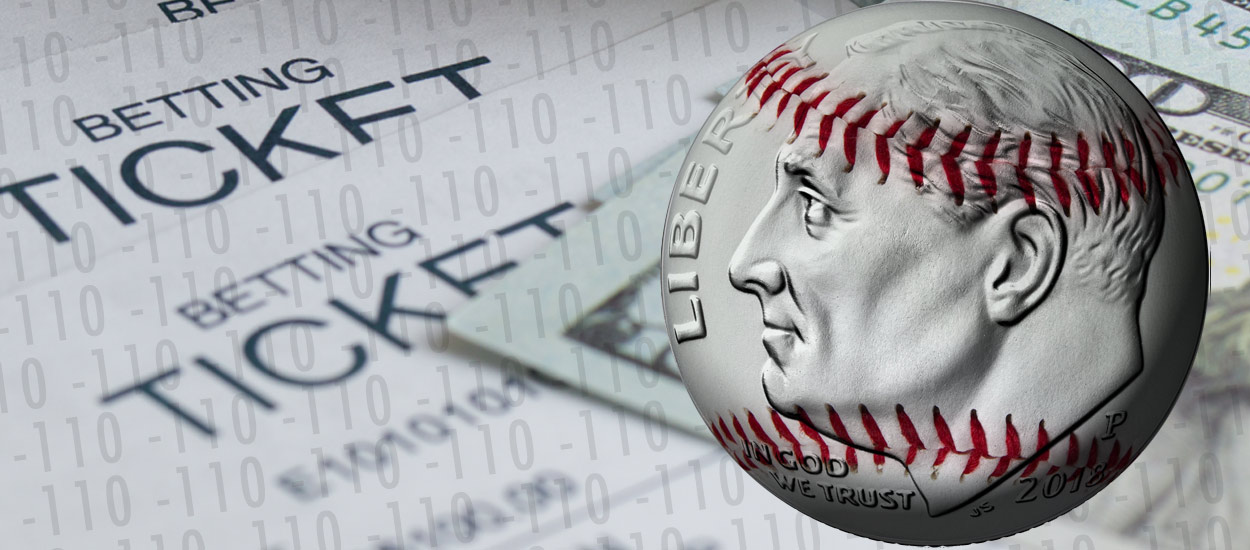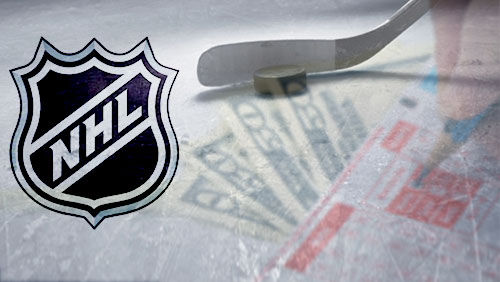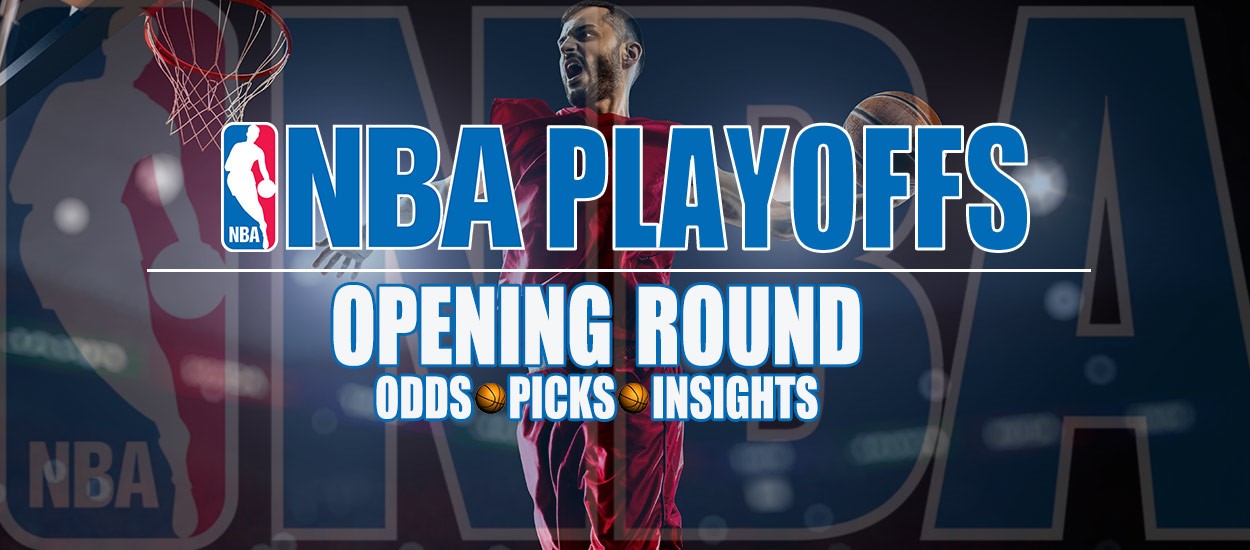It’s time for the PGA Tour to start talking about the game within the game.
Brent Musburger used to drop hints on college and pro football broadcasts, alluding to certain interested viewers as the total score of an otherwise-decided contest approached the over/under total in the final minutes.
There’s no need to beat around the bush anymore. Sports gambling is mainstream business, thanks in large part to the Supreme Court’s May decision that allowed individual states to legalize betting.
So it’s no surprise that PGA Tour commissioner Jay Monahan sees sports gambling as a way to help accomplish his single greatest challenge entering 2019: expanding viewership and bringing more fans to golf.
Twelve-hour competition days with 125 players on the course brings logistical challenges that sports such as football and basketball don’t have. For gambling purposes, it means way more action on the game within the game and the potential to change the way interested parties watch on TV.
“On a normal week, first tee time at 7 (a.m.), last group off the course at 6 (p.m.). And that’s Thursday, Friday, Saturday, Sunday,” Monahan said. “Different markets around the world. We have something that no other sport has in terms of the ability to engage people for long periods of time with multiple competitions or multiple ways to present it.”
Take Sunday’s final round of the Sony Open in Hawaii. Matt Kuchar entered with a two-shot lead over Andrew Putnam. Kuchar going for the win was the main story, but there was a lot more happening below the surface.
Most betting sites offer individual matchups. Hudson Swafford and Brian Stuard were T-5 at 11 under to start the final round. Swafford was listed as a -123 favorite over Stuard, meaning betters would risk $123 to win $100 if Swafford posted a lower score than Stuard in the final round.
Individual matchups are offered on pretty much every player every day of the tournament, which means you have a lot of viewers who really don’t care what the top of the leaderboard looks like.
Gambling way to keep fans engaged
That’s where the Tour is looking to take advantage and offer more gambling-specific viewing options for fans.
“When you talk about growing and diversifying your fan base and keeping your fans engaged for longer periods of time, there’s some real potential there,” Monahan said. “As it relates to fan experience, I still think that is a second-, third- or fourth-screen experience.”
For a sport that has often arrived late to trends, Monahan and the Tour seem to be getting ahead on gambling. They’ve quietly built an integrity and monitoring program over the past several years to watch for tampering. They’ve been in talks with gambling outlets and daily fantasy operators and recently announced a deal with IMG Arena, which will distribute Shot Link and other data directly to betting operators.
Monahan also acknowledges that none of this is new. It’s commonplace to see small bills changing hands at par-3s during every tournament, with friends betting among friends on closest to the pin and whether a certain player will hit or miss the green.
The fact that gambling is currently legal in only seven states doesn’t make much difference there.
“People still bet. They find a way,” Monahan said. “As we got into it and really studied it and looked at fan behavior at our tournaments and what people are doing, it’s very clear that some people were here for that purpose and have been for a long period of time.”
That’s why Monahan says the potential for fixing isn’t a bigger concern now than it’s been in the past. And the Tour currently supports a federally regulated system. Sweeping legislation would avoid confusion and complication with different rules for different states and ultimately make it easier for fans to bet and the Tour to monitor.
“The Match” with Tiger Woods and Phil Mickelson in Las Vegas was a bit of a sneak preview for what betters can expect in the future. The Tour was involved and gambling was openly discussed throughout the broadcast, with graphics and explanations on live odds after each hole.
Monahan denied reports that the Tour restricted the number of side bets, which ultimately totaled $800,000 and went to charity. He admitted the Tour worked closely with all parties and said they came to an agreement on the number.
“We worked with everybody that was involved to say, how do we produce a product in this first year that we think is going to introduce this concept of betting and wagering and do it in a way that doesn’t overshadow the competition itself?” Monahan said.
Seemingly hedging his bets, Monahan also said that Mickelson’s $100,000 side wager that he would birdie the first hole caught his attention right out of the gate.
“I was really interested in that as much as I was anything else,” Monahan said.
The best way for golf to gain viewership through gambling is a straightforward approach. It shouldn’t be treated as a niche area for a few diehards in dark, smoky rooms. ESPN’s MegaCast for college football’s national championship game seems a good model to follow.
ESPN offers the traditional broadcast along with other options on separate channels, including one channel with a panel of coaches breaking down the Xs and Os in a way that might alienate casual viewers but attracts the hardcore fanatics.
Golf could easily mimic this model with a gambling-specific tournament stream, including professional gamblers and other personalities discussing live odds and trends and stats for viewers.
Not so much more money as more viewers
Monahan says right now the Tour doesn’t stand to gain a huge profit from gambling itself. But he knows catering to a long-ignored segment of golf fans is one of the best chances to get more eyeballs on the sport.
“It’s tied to your ability to bring your audience closer in for longer periods of time,” Monahan said. “To have them interested in more players and more stars and more tournaments, and then that ultimately will have a financial impact down the road. But that’s not something you benefit from in the short term.”
There’s no way to quantify that impact at the moment, but it’s clear sports gambling will continue to evolve and play a growing role in broadcasts. It’s all out in the open now, and that toothpaste isn’t going back in the tube.
That’s why this looks like a winning bet for Monahan, who has embraced legalized wagering and is putting the Tour in position to take advantage and cash in throughout the coming decade. Gwk
This article is a reprint from Golfweek.com. To view the original story and comment, click here.


